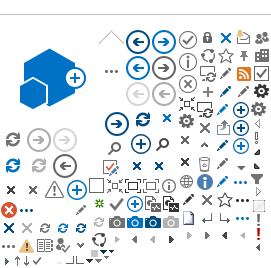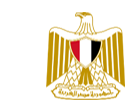Royal Mummies
Transfer Parade
The Royal Mummy
Parade was a spectacular event that took place in Cairo, Egypt on April 3,
2021. The historic parade called "The Pharaohs' Golden Parade" featured
the relocation of 22 ancient Egyptian royal mummies, including 18 kings and
four queens, from the Egyptian Museum in Tahrir Square to their new home in the
National Museum of Egyptian Civilization, about 3 miles away in nearby Fustat.
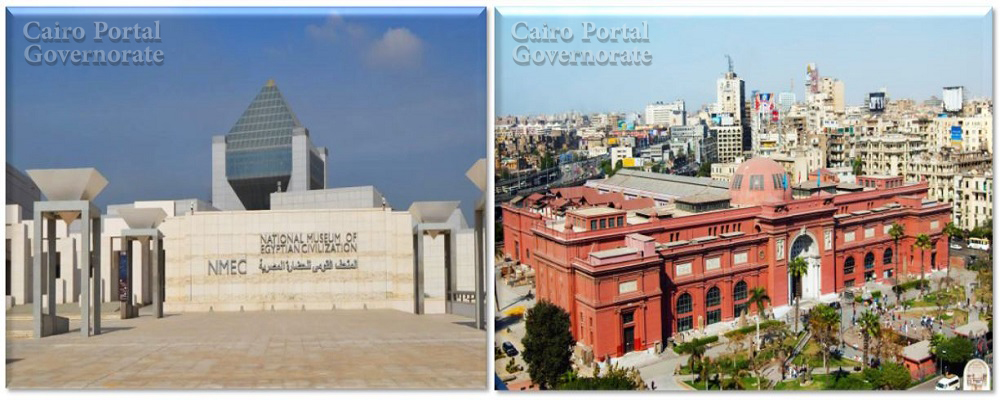
The parade was a
celebration of Egypt's rich history and culture, and it was watched by millions
of people around the world.
The mummies were
transported in specially designed vehicles that were decorated with ancient
Egyptian symbols and motifs for the hour-long journey.
The vehicles were
designed to appear like the ancient boats used to carry deceased pharaohs to
their tombs. Each mummy was carried on a decorated vehicle fitted with special
shock-absorbers and surrounded by a motorcade, including replica horse-drawn
war chariots. The parade was a lavish spectacle that drew fanfare to the
country's robust collections of antiquities in an elaborate procession.
The parade was led
by a chariot carrying the mummy of Ramses II, one of the most famous pharaohs
in Egyptian history.
The other mummies
followed in chronological order of their reigns, from Seqenenre Taa II, who
ruled in the 17th Dynasty, to Ramses IX, who ruled in the 12th Century BC.
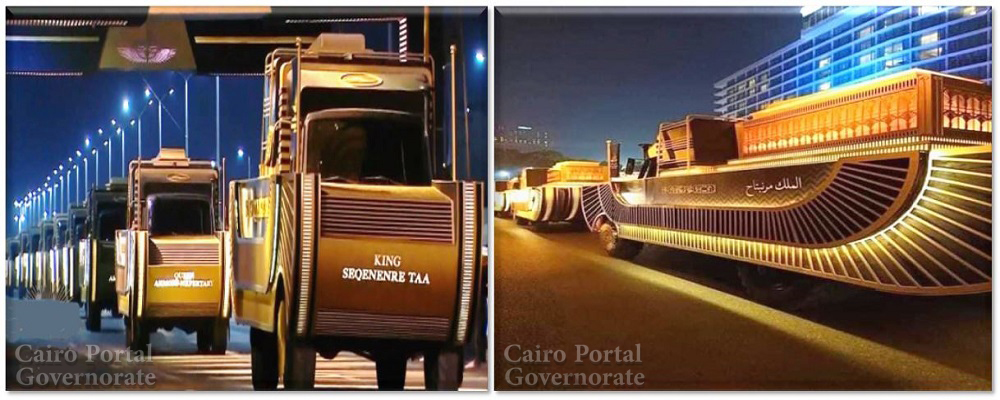
The mummies were
placed in containers with a nitrogen atmosphere to be transported and were
relocated with tight security arrangements befitting their royal blood and
status as national treasures.
The parade was a
major event in Egypt, and it was televised live across the country. Millions of
Egyptians lined the streets to watch the mummies pass by. The Royal Mummy
Parade was a reminder of the country's ancient greatness, and it gave Egyptians
a chance to reconnect with their heritage.
The mummies included
18 kings and four queens, including some of Egypt's most prominent rulers of
the past
Each of the 18 kings
and four queens had their own gold and blue car, designed to look like the Pharaonic
boats used to transport ancient royals to their tombs, and featuring the winged
sun symbol used by the pharaohs
The parade started
at the Egyptian Museum near Tahrir Square in downtown Cairo and involved horse-drawn
chariots and hundreds of performers in ancient-style garb.
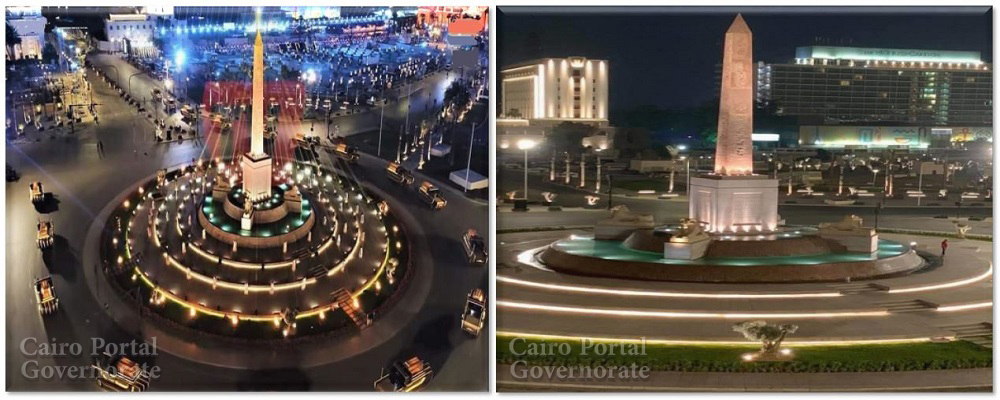
King Ramses II and
Queen Hatshepsut were among the most famous pharaohs in the parade. The event was a
multimillion-dollar spectacle and one of the biggest cultural events Cairo has
seen in recent years.
The parade route was
adorned with festive war chariots, horses, and performers in traditional
outfits. The parade was
well-received by the Egyptian people, who expressed pride in their history and
heritage.
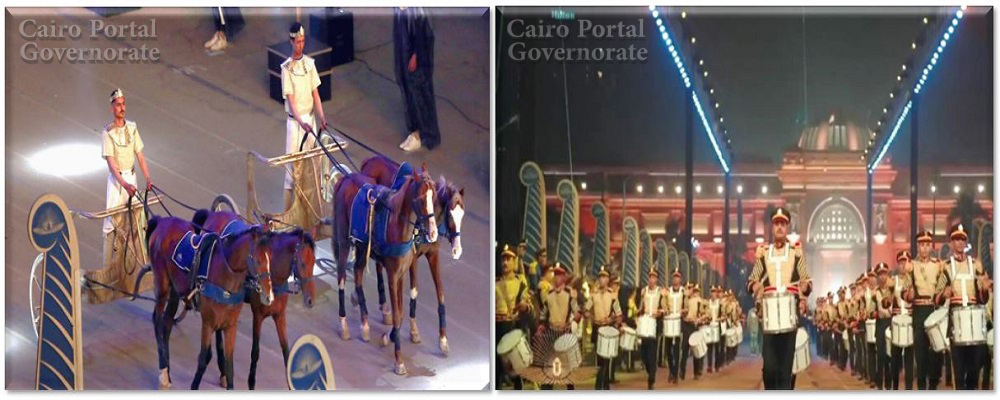
The parade was also
attended by Egyptian officials, including President Abdel Fattah el-Sisi, who
expressed pride in their country's history and heritage.
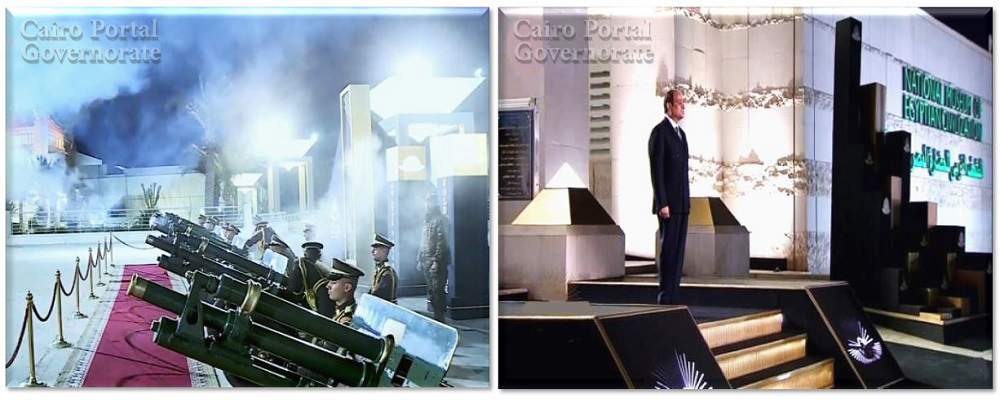
Last Update: 2024
